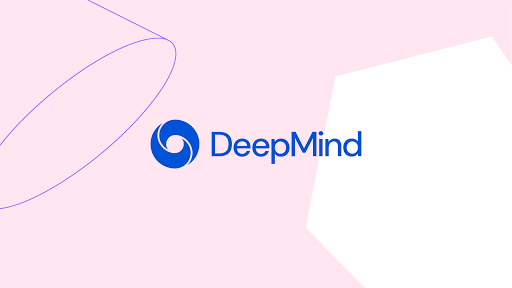Part 1 of 2 Parts
Tokamaks are donut-shaped vessels designed to contain a nuclear fusion reaction. They are popular experimental reactors used in many laboratories for nuclear fusion research. Hydrogen atoms are smashed together at enormous temperatures which create a whirling, chaotic plasma that is hotter than the surface of the sun. Many think that fusion power will be the clean energy of future but smart ways to control and confine the plasma will be the key to fusion power.
Currently, the scientific understanding of fusion is sound so what remains to be done is an engineering challenge. Ambrogio Fasoli is the director of the Swiss Plasma Center at the École Polytechnique Fédérale de Lausanne in Switzerland. He said, “We need to be able to heat this matter up and hold it together for long enough for us to take energy out of it.”
DeepMind is an artificial intelligence company. It is a subsidiary of Alphabet, the parent company of Google. DeepMind has previously worked on video games and protein folding. It is now working on a joint research project with the Swiss Plasma Center to develop an AI for controlling a nuclear fusion reaction.
Stars are power by fusion processes. The sheer gravitational mass of stars is sufficient to bring hydrogen atoms together and overcome the repulsion of their positively charged nuclei. On Earth, scientist have to use extremely powerful magnetic coils to confine the nuclear fusion reaction, nudging it into the desired position and shaping it like a potter working clay on a wheel. The coils have to be carefully controlled to prevent plasma from touching the sides of the containment vessel. If the plasma touches the vessel, it can damage the walls and slow down the fusion reaction. There is little risk of an explosion because the fusion reaction cannot survive without magnetic confinement.
When researchers want to change the configuration of the plasma and experiment with different shapes that may generate more power or a cleaner plasma, a great deal of engineering and design work must be done. Conventional systems are computer-controlled based on models and careful simulation. Fasoli says that such simulations are “complex and not necessarily optimized.”
DeepMind has developed an AI that can control the shape of the plasma autonomously. A paper recently published in the journal Nature describes how researchers from the two groups taught a deep reinforcement learning system how to control the nineteen magnetic coils inside the TCV which is the variable configuration tokamak at the Swill Plasma Center. This tokamak is used to carry out research that will inform the design of bigger fusion reactors in the future. Martin Riedmiller is the control team lead at DeepMind. He said, “AI, and specifically reinforcement learning, is particularly well suited to the complex problems presented by controlling plasma in a tokamak.”
Neural networks are a type of AI system designed to imitate the architecture of the human brain. The plasma control AI was initially trained in a simulation. The training started with the AI system observing how changing the settings on each of the nineteen coils affected the shape of plasma inside the vessel. In the next phase, the AI system was given different shapes to try to re-create in the plasma. These shapes included a D-shaped cross section close to what will be used inside ITER (formally known as the International Thermonuclear Experimental Reactor). ITER is the large-scale experimental tokamak under construction in France by a consortium of countries. Also included in the research project was a snowflake configuration that could help dissipate the intense heat of the reaction more evenly around the vessel.
Please read Part 2 next
Nuclear Fusion 165 – Deepmind Is Working On AI To Control Plasma Configuration In Tokamaks – Part 1 of 2 Parts

